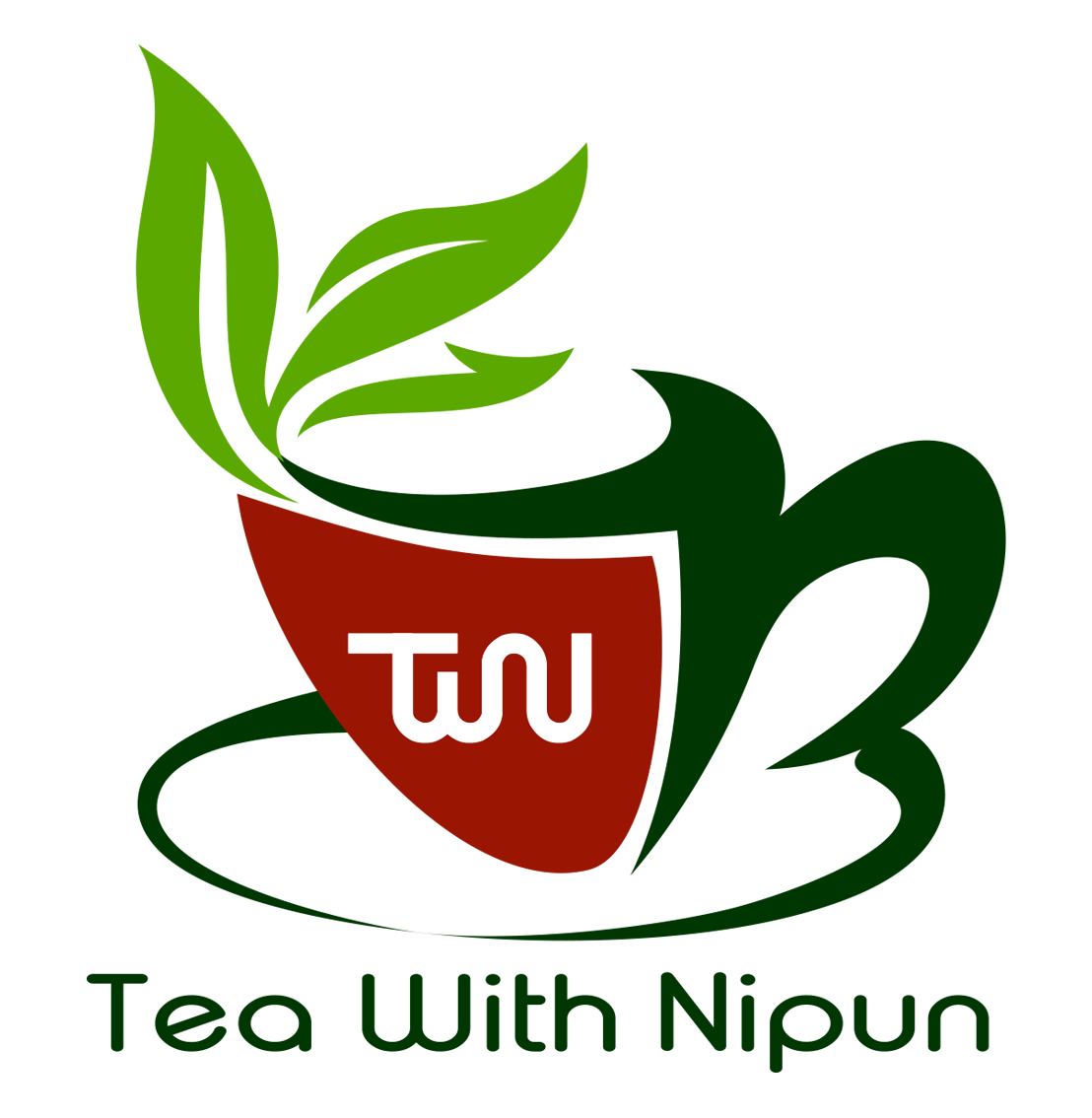Tanzania Plans for A Better Tea Industry
Tanzania is the only nation where tea was first planted by Germans in 1904, however it wasn’t until 1926 that tea was commercially grown here. As success prevailed, more and more tea estates flourished. Now This wonderful African nation is looking to increase tea production over the next five years, and boost its industrialization plan, even as authorities plan an auction in Dar es Salaam.

The Tea Board of Tanzania (TBT) targets five regions namely Iringa, Njombe, Mbeya, Tanga and Kagera. Currently, Tanzanian tea is sold at the Mombasa auction, Kenya.
TBT chairman Steven Mlote said that the country is establishing sales warehouses in Dar es Salaam for bulk tea storage “before launching our own auction in Tanzania.”
“We had discussed with tea stakeholders our plan to establish a tea auction in Dar es Salaam with positive support from key business executives in the tea industry,” said Mr Mlote.
Tanzania tea sold through Mombasa auction is estimated between 5,000 and 8,000 tonnes per year, depending on the harvest season and weather in key production areas.
TBT aims to raise tea production by giving growers better prices mostly small-scale farmers through better marketing of the commodity by helping farmers enter both domestic and foreign markets, Mr Mlote said.
Unilever Tea Tanzania Ltd (UTT) has set up an $8 million processing factory in Njombe in southern Tanzania, and is supporting farmers with best production practices, seedlings, fertilisers, interest-free loans and extension services. The project has been credited with increasing in earnings in the region.
The Mufindi Out-Growers Project was created in 2014 to boost small-scale farmers’ tea production in areas surrounding UTT.
The project covers 19 villages of 1,142 hectares.
Tea processing is carried out by 19 factories owned by large scale farmers and four factories jointly owned by smallholding farmers in key production regions.
The Ministry of Agriculture is looking to increase the current cultivated land from 22,721 hectares to 25,000 hectares.
Some 11,272 hectares are big estates managed by big companies and 11,449 hectares are owned by international scale farmers who constitute half of tea growers in Tanzania.
Minister for Agriculture Charles Tizeba said that Tanzania aims to improve productivity of traditional cash crops — coffee, cashew-nuts, tea, cotton, sisal, pyrethrum and all food crops.
Improvement of extension services, training institutes, supply of quality seeds, distribution of pesticides and insecticides were among key government measures under the current 2018/19 annual agricultural budget.
Even though “Tea With Nipun” site has been initiated to convey true facts of “Pure Ceylon Tea”, there is always space for poor African farmers and will also write on some of the finest tea origins in the world such as Darjeeling, China, Japan and Taiwan.
References
1.Original article: http://www.theeastafrican.co.ke/business/Tanzania-targets-five-regions-to-boost-tea-yields-and-sales/2560-4804830-a69rkrz/index.html
2. Picture: https://www.teasdirect.shop/products/tanzania-luponde-bp1-black-tea



